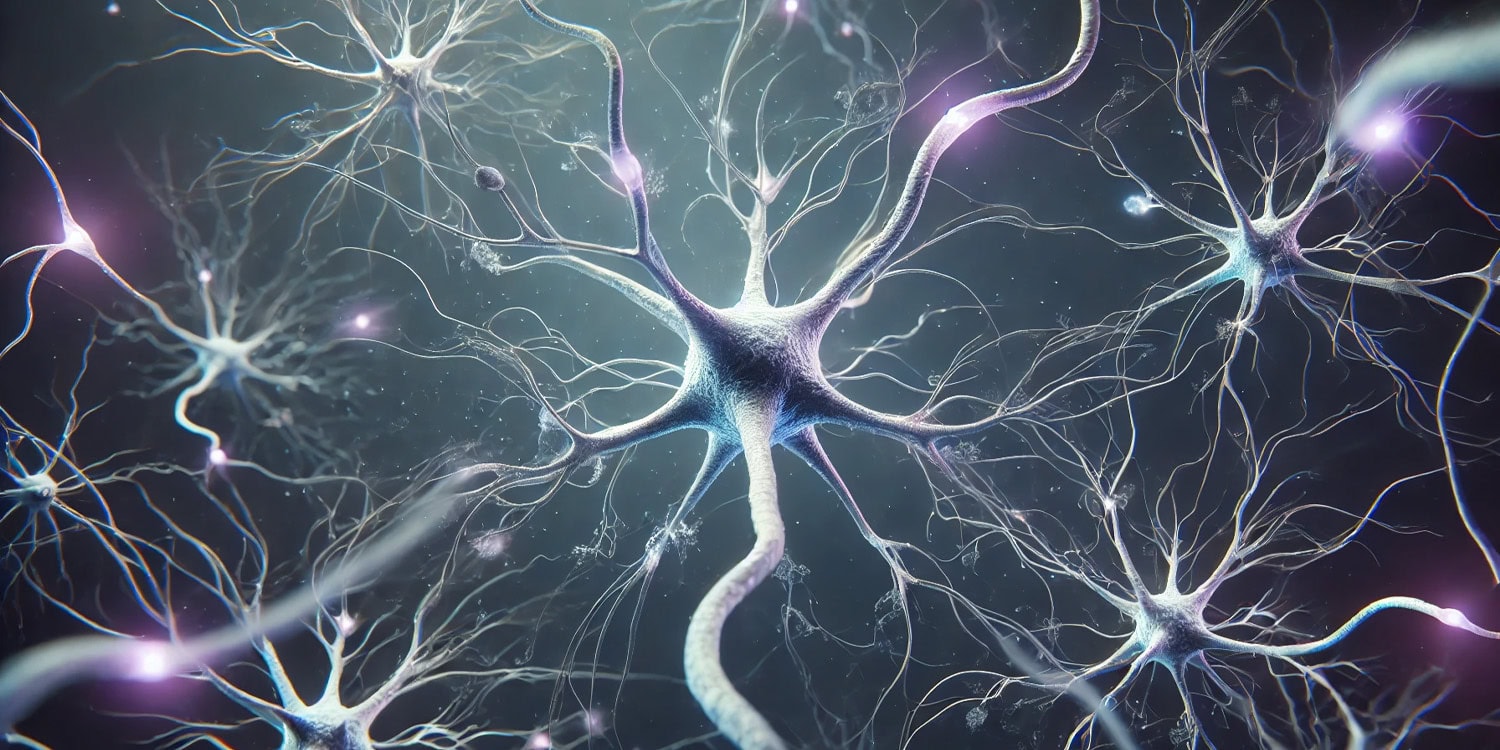A new study led by researchers from the Center for Neuroscience Imaging Research in South Korea and Dartmouth College has revealed that brain activity can predict how people emotionally experience their thoughts. Using brain scans and personalized story narratives, the team developed a method that combines brain imaging with machine learning to decode the emotional aspects of thoughts in real time. The research was published in the Proceedings of the National Academy of Sciences.
The study addresses a significant challenge in understanding human thought: how do we track and measure the personal and often fleeting emotions that arise during spontaneous thinking? This type of thought can happen at any time, even when we are resting or asleep. Yet, capturing these thoughts without interrupting them has proven difficult, as the very act of focusing on them can change their nature.
The researchers wanted to develop a way to predict the emotional quality of thoughts — whether they are positive or negative and how much they relate to the person’s sense of self — without requiring people to report their thoughts in real time.
To explore this, the researchers used a combination of personalized stories and brain scans. First, each participant underwent an interview to create a set of stories that were personally relevant to them. These stories were based on significant life experiences and emotional memories. The participants then read these stories while their brain activity was recorded using functional Magnetic Resonance Imaging (fMRI), which measures changes in blood flow to different parts of the brain. This allowed the researchers to see how the brain responded to each moment in the stories.
After the brain scans, the participants read their stories again and rated how emotionally positive or negative they felt at different points in the narrative. They also rated how much they felt the story content was related to themselves. Based on these ratings, the researchers divided the brain data into segments that corresponded to different levels of emotional positivity (or negativity) and self-relevance. They created 25 different combinations of these two dimensions for each participant, representing varying emotional states and levels of personal importance.
With this data in hand, the team used machine learning, a type of artificial intelligence that can find patterns in large datasets, to create predictive models. These models could “read” the participants’ brain activity and determine, based on the fMRI scans, how positive or negative their thoughts were and how relevant those thoughts were to their personal lives.
The researchers found that certain brain networks played key roles in these emotional predictions. For instance, the anterior insula and midcingulate cortex were particularly involved in predicting how much a thought was related to the person’s sense of self.
Meanwhile, regions like the dorsomedial prefrontal cortex and the left temporoparietal junction helped predict whether a thought was positive or negative. These brain regions belong to broader networks that are responsible for attention, emotion regulation, and self-reflection, showing how interconnected these processes are during spontaneous thought.
Remarkably, the researchers also tested their models on another group of 199 people who were not reading stories but simply resting and thinking freely inside the brain scanner. Even when participants were not focused on any particular task, the models were able to predict their emotional state and how personally relevant their thoughts were. This suggests that these brain patterns are consistent across different types of thinking, from structured tasks like reading to more spontaneous daydreaming.
These findings are significant because they show that it is possible to decode aspects of our internal emotional world using brain imaging. Choong-Wan Woo, the study’s lead researcher, noted that while many companies are focused on decoding words or images from brain activity, few are exploring the emotions underlying these thoughts. By focusing on emotions rather than just the content of thoughts, this research could lead to new ways of understanding and addressing mental health conditions, such as anxiety or depression, where negative emotions and rumination play a central role.
“Several tech companies and research teams are currently endeavoring to decode words or images directly from brain activity, but there are limited initiatives aimed at decoding intimate emotions underlying these thoughts,” stated Choong-Wan Woo, an associate director of the Institute for Basic Science, who led the study. “Our research is centered on human emotions, with the aim of decoding emotions within the natural flow of thoughts to obtain information that can benefit people’s mental health.”
Hongji Kim, a doctoral candidate and the first author of this study, emphasized, “This study holds significance as we decoded the emotional state associated with general thoughts, rather than targeting emotions limited to specific tasks,” adding, “These findings advance our understanding of the internal states and contexts influencing subjective experiences, potentially shedding light on individual differences in thoughts and emotions, and aiding in the evaluation of mental well-being.”
The study offers a promising new approach, but it also has some limitations. One challenge is that the predictions, while significant, were not highly accurate, particularly when applied to spontaneous thinking during rest. The researchers acknowledged that predicting such complex and personal experiences using brain data is difficult and likely requires more sophisticated methods.
They also noted that the personal stories used in the study may have elicited different levels of attention from participants, which could have affected the results. In future research, they plan to refine their models by using a broader range of stories and examining other emotional dimensions of thought.
Moreover, while the study successfully identified patterns that could predict self-relevance and emotional positivity, it remains unclear how well these predictions would apply in real-world settings, where thoughts and emotions are even more dynamic and complex. Future studies will need to test these models in more naturalistic environments to determine their broader applicability.
The study, “Brain decoding of spontaneous thought: Predictive modeling of self-relevance and valence using personal narratives,” was authored by Hong Ji Kim, Byeol Kim Lux, Eunjin Lee, Emily S. Finn, and Choong-Wan Woo.




